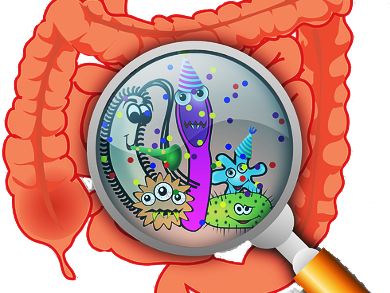The gastrointestinal tract (GIT) of mammals hosts many different microorganisms, known as intestinal microbiota. Many probiotics were originally isolated from the GIT. The Food and Agriculture Organization of the United Nations (FAO) and WHO defined them as “live microorganisms which when administered in adequate amounts confer a health benefit on the host”. Probiotics do this by i) interference with potential pathogens, ii) improvement of barrier function, iii) immunomodulation, iv) production of neurotransmitters. Their host targets vary from the resident microbiota to cellular components of the gut-brain axis.
Borja Sánchez, Consejo Superior de Investigaciones Científicas (CSIC), Asturias, Spain, and colleagues studied the literature for the molecular mechanisms underlying the beneficial effects of probiotics. They found that these include mainly interactions with the intestinal microbiota and with the intestinal mucosa. However, to produce a beneficial effect, interaction with the immune system without a modification of the local microbial environment is also possible. It is becoming clear that some strains of the most commonly used probiotics belonging to the genera Lactobacillus and Bifidobacterium do not colonize the gut and are released from the intestine after the probiotic intervention. Future probiotic research should focus on commensal intestinal microorganisms, well-adapted to the gut environment, that are able to modify the local microbial ecosystem, thus potentially generating long-term effects.
To date, relatively few effects of probiotic bacteria have been supported by clinical data, although different probiotic strains have been, e.g., effective in antibiotic-associated diarrhea or inflammatory bowel disease.
The researchers think that future technological improvements for commensal gut microorganism culture, co-culture, and administration, together with safety and clinical studies, will provide a new generation of probiotics and new strategies to culture, co-culture, and propagate these often fastidious and oxygen-sensitive bacteria.
- Probiotics, gut microbiota and their influence on host health and disease,
B. Sánchez, S. Delgado, A. Blanco-Míguez, A. Lourenço, M. Gueimonde, A. Margolles,
Mol. Nutr. Food Res. 2016.
DOI: 10.1002/mnfr.201600240



